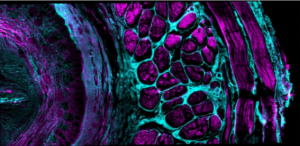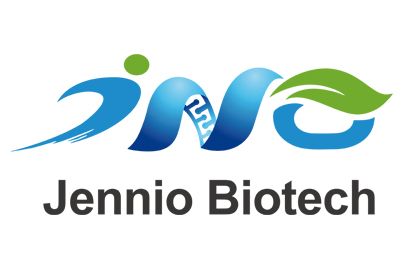Abstract:
In May 2020, French biotech firm Genfit delayed its Phase 3 NASH trial for elafibranor by 4-6 months due to slow patient recruitment, aiming to enroll 1,000 patients by Q1 2021. This highlights a common challenge in NASH R&D: despite its $20-30B market potential as the next major liver disease field post-HCV cure, trials struggle with low awareness of its asymptomatic early-stage risks, patient pool fragmentation from over 40 competing Phase 2/3 drugs, invasive liver biopsies, and lack of market education—ultimately rooted in insufficient recognition of NASH as a “smiling killer”.
Details:
French biotech company Genfit announced today that its Phase 3 RESOVLE-IT trial of its NASH drug elafibranor is slow to enroll patients. The recruitment speed of early patients is acceptable, but the enrollment progress of advanced patients is lower than expected. The trial is expected to be delayed by 4-6 months and will take the first quarter of next year to enroll 1,000 patients. This is another NASH leading product clinical trial progress blocked following Intercept’s OCA phase III clinical trial. NASH is considered the next major drug market with a huge patient population. Moreover, NASH has serious consequences and will become the primary risk of liver transplantation, so why are patients so negative in participating in clinical trials?
[Drug source analysis]: NASH is a specific manifestation of metabolic diseases in the liver. After the large-scale cure of hepatitis C, this may be the next most important liver disease market. The estimated potential market is 20-30 billion US dollars. With the gradual control of other chronic diseases such as cardiovascular and immune diseases, NASH, which has no approved drugs, has become the focus of many pharmaceutical companies. There are many projects under research, most of which come from small and medium-sized companies. But like other complex diseases, NASH may require combination therapy. One is that NASH may require the regulation of multiple mechanisms to alleviate the disease, and the other is that even if a single mechanism can improve the disease of some patients, the beneficiary population may be too small to be observed. But combination therapy allows patients who respond to different components to be superimposed, which is easier to observe. Therefore, it is difficult for a small pharmaceutical factory to fight alone, and a large pharmaceutical factory also needs growth points. These two factors have led to the frequent acquisition of NASH assets by major pharmaceutical companies recently. Novartis, Pfizer, Gilead, Allergan, etc. have acquired more than one NASH drug in the past two years.
Another area where multi-drug collaboration is needed is in promoting the risks of NASH. Because there are no products on the market, no manufacturer is willing to invest heavily in publicizing the risks of NASH. This is a major factor in the difficulty of recruiting patients for NASH clinical trials. The establishment of a new drug market is often not only determined by the number of patients, especially for early asymptomatic diseases. Although NASH will eventually lead to liver fibrosis and cirrhosis, there are no obvious symptoms in the early stage, and it does not affect the lives of patients every day like skin diseases and eye diseases. This is similar to high blood pressure and high blood fat. Although it is a potential killer, it is not hideous. Anyone with abnormal blood pressure and blood lipids now knows that they should take drugs to control these diseases, but this market has not always existed, but has been established after years of hard work by many large and small pharmaceutical companies.
Another factor is that there are many products under research and the number of clinical trials is increasing rapidly. Now there are more than 40 drugs with different mechanisms in the second and third phases of clinical research. There is no clear winner for these drugs under investigation, so everyone can only divide the participating patients equally. In addition, the most important indicator of NASH drug listing is to improve fibrosis, so many trials require the extraction of liver tissue, which is also an obstacle.
Although the hard data obtained from scientific research is the ultimate evidence to convince patients and doctors, marketing promotion is equally important. Many people think that marketing is to help pharmaceutical companies sell drugs, but this view is not comprehensive. Marketing is no different from selling drugs, but drug advertising is the most strictly regulated type of advertising and must be strictly based on scientific data. Therefore, drug marketing is more about letting patients and doctors understand the true value of drugs. If patients do not know the risk of NASH, they will naturally not use NASH drugs. Although pharmaceutical companies will lose sales as a result, patients may pay a greater price. The slow recruitment of patients for NASH clinical trials is not because there are not many NASH patients, but because there are limited patients who know the danger of this smiling killer.






